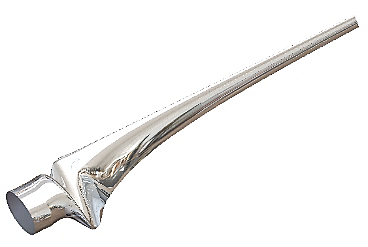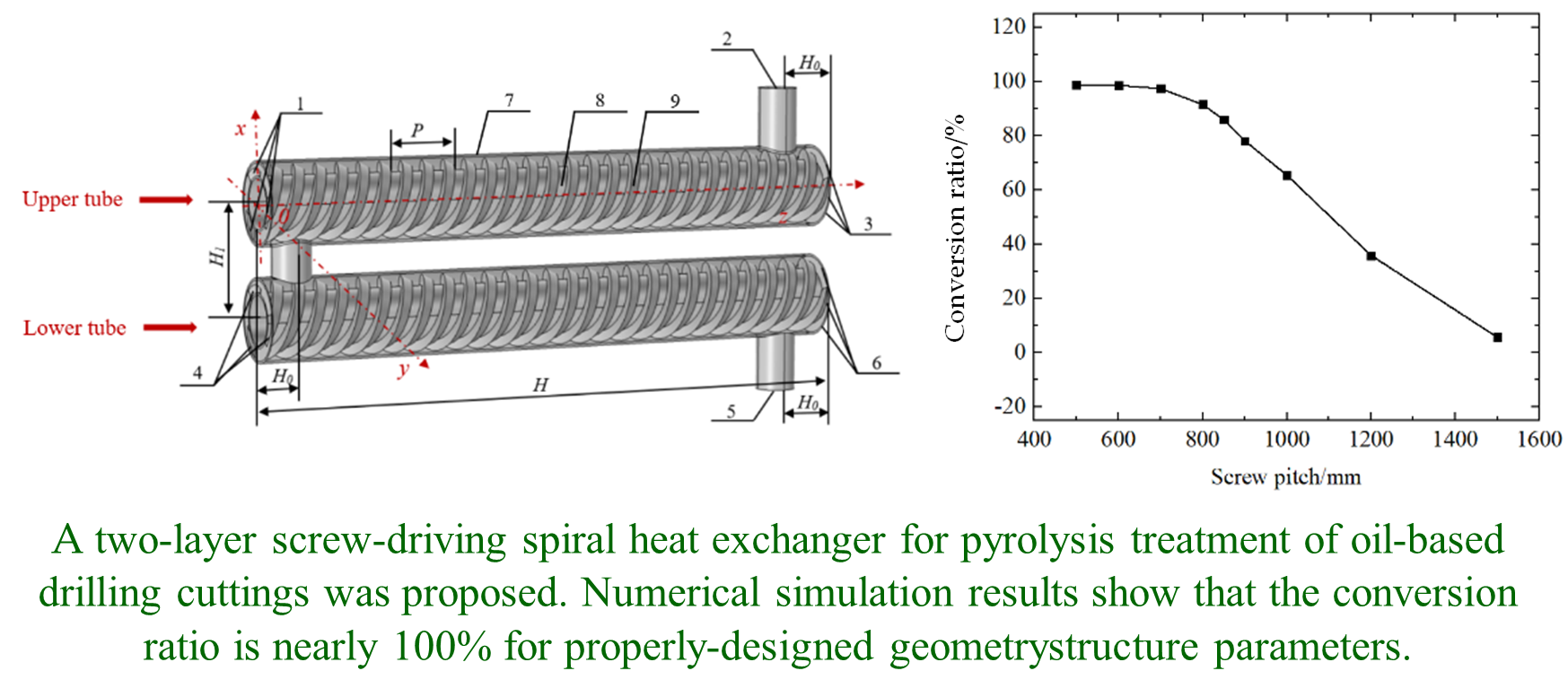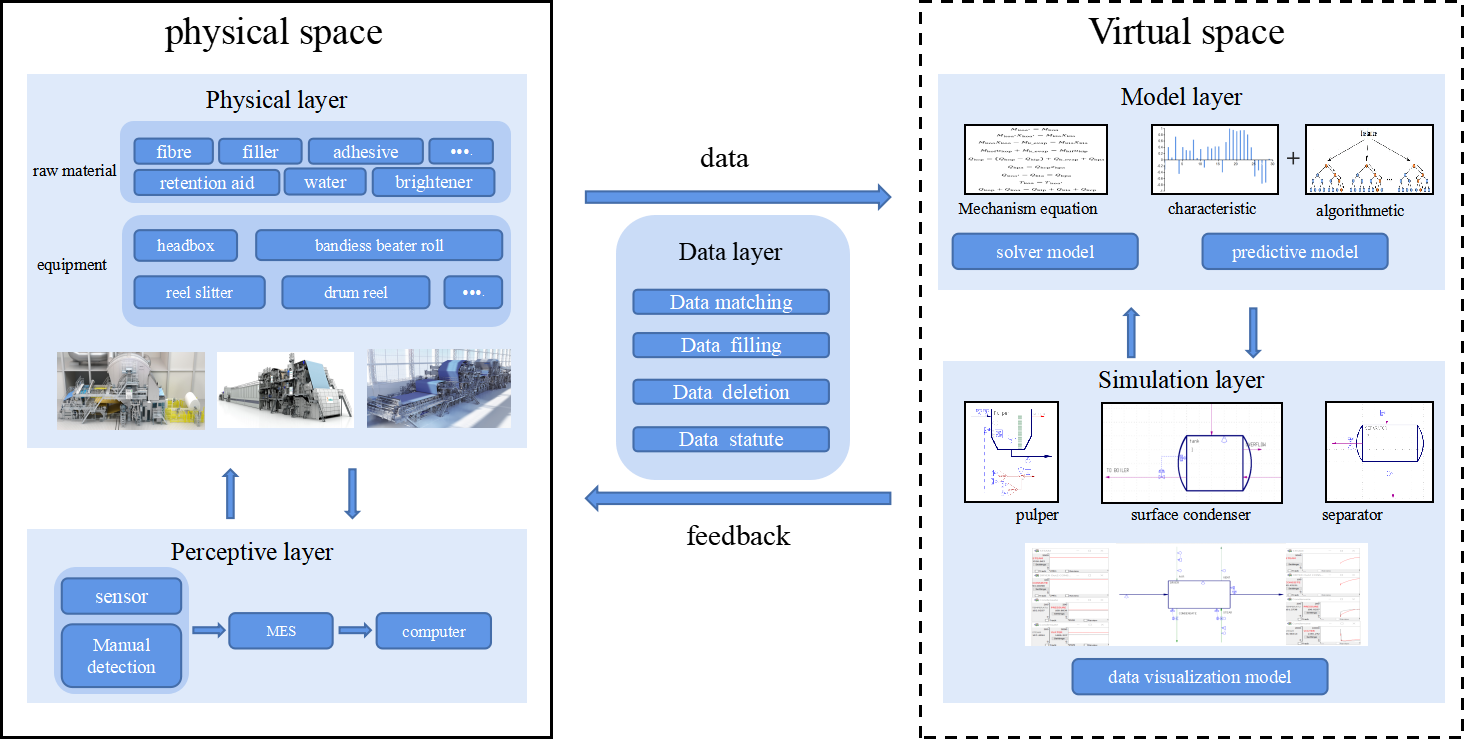Found 3 results
Article
13 June 2024Optimizing Performance and Design Simulation of a 100 KW Single Rotor Horizontal Axis Wind Turbine
As wind energy becomes increasingly vital in global energy strategies, optimizing wind turbine design is essential. This research focuses on the development of a 100 kW single rotor horizontal axis wind turbine (HAWT) tailored to meet the energy needs of Jamshoro, Pakistan. The turbine design leverages SolidWorks for structural modeling and is validated through comprehensive simulations using ANSYS and Q-Blade. Operating at an optimal wind speed of 6.9 m/s, the turbine achieves maximum efficiency, as indicated by the highest power factor. This efficiency translates to an estimated power output of approximately 100 kW, suitable for common household consumption. The study integrates regional climatic data and wind conditions to enhance turbine performance and durability. The findings offer a sustainable energy solution for Jamshoro, contributing to Pakistan’s renewable energy infrastructure and addressing local energy demands effectively. The focus of this study will be Jamshoro, a region in Pakistan as a case study. The software simulations will consider a variety of elements, including as wind speeds, variable loads, and environmental factors unique to the chosen region (Jamshoro). This research proposes a sustainable solution for addressing the energy demands in Jamshoro by integrating accurate data based on software analysis with real-world concerns, adding to the larger goal of developing sustainable sources of energy in Pakistan.

Article
23 May 2024Numerical Study on Pyrolysis Characteristics of Oil-Based Drilling Cuttings in a Two-Layer Screw-Driving Spiral Heat Exchanger
Oil-based drilling cuttings is a pollutive nearly-solid waste produced in oil exploitation that has to be treated for meeting clean production requirement of oil and gas exploration. A two-layer screw-driving spiral heat exchanger was thus proposed for this purpose. To investigate its effectiveness and performance, a 10-component n-decane one-step product proportional distribution chemical model was used to describe oil-based drilling cuttings pyrolysis process, and numerical simulations were carried out of forced convection inside the heat exchanger with a full consideration of pyrolysis and evaporation effects. The influences of rotation speed, screw pitch and cross-sectional shape of spiral tube on pyrolysis, flow, and heat mass transfer characteristics were studied. The results show that the heat absorbed needed for evaporation is much less than that for pyrolysis, and the heat transfer coefficient with consideration of evaporation and pyrolysis is almost two times greater than that without. The pyrolysis rate increases first, and then decreases once the temperature is higher than 838 K due to the coupled effects of temperature and reactant concentration change. The velocity, heat transfer coefficient and conversion ratio of oil-based drilling cuttings all increase with rotation speed, but the conversion ratio increase becomes slower and slower once the rotation speed exceeds 0.2 rad·s−1. The average vorticity and flow resistance of oil-based drilling cuttings both decrease with screw pitch monotonously, while heat transfer coefficient increases first and then decreases because of the opposite effects of centrifugal force and thermal entrance length. Reducing screw pitch can increase conversion ratio, but once screw pitch is smaller than 800 mm, the conversion ratio approaches to a constant. Cross-sectional shape of spiral tube also affects pyrolysis performance, and circular cross-sectional spiral tube seems to be the best.

Article
27 February 2024Knowledge-data Collaborated Digital Twin Model of Papermaking Process
The structure of the drying section in papermaking process is complex and too compacted to install sensors. In order to monitor the parameters in dynamic and manage the process practically with virtual simulations instead of physical experiments, a digital twin-based process parameter visualization model is constructed in this study. Regarding to the possible missing data in the modeling framework, it is proposed to combine industrial data, and knowledge of mechanism with intelligent algorithms to fill in the missing parameters. Upon which, a digital twin-based data visualization model is established using CADSIM Plus simulation software. Both of the knowledge -based mechanism solution model and the random forest-based parametric prediction model perform well, and the predicted parameters can support the digital twin visualization model in CADSIM Plus. Visual modeling of surface condenser in the paper drying section was realized for example, and results show that the model is capable of monitoring the dynamic changes of parameters in real time, so as to support the optimization and decision making of papermaking process such as formation, drying, et al.
